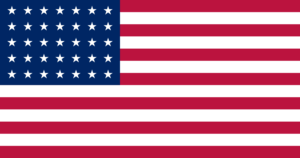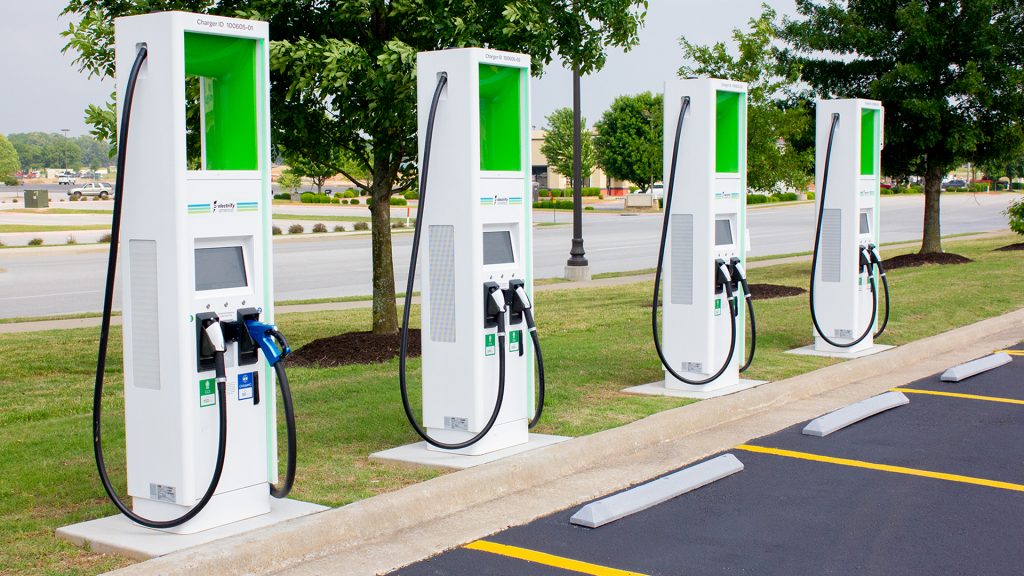The General Administrative Provisions (Disposiciones Administrativas de Carácter General or DACG), issued in February by the Energy Regulatory Commission (Comisión Reguladora de Energía or CRE), regarding the integration of electric and plug-in hybrid electric vehicles to the National Electric System (Sistema Eléctrico Nacional or SEN) have entered public consultation.
It is worth noting that these provisions aim primarily to regulate the orderly and safe connection of the charging infrastructure for electric and plug-in hybrid vehicles to the SEN.
In turn, one of the main novelties of this framework is the development of a digital platform that allows the tracking of the evolution of the charging infrastructure.
The public consultation stage has generated intense debate among the main associations and key players in electromobility, who have issued comments and modification proposals to the published draft.
Most of the requirements have a common point: the need to establish NACS and CCS1 as connectors, modifications to the definitions, and to delimit the legal framework.
Below, Mobility Portal Latinoamérica compiles a list with the main proposals from each:
Tesla
Tesla, represented by Eugenio Grandio, Public Policy and Business Development LATAM, expressed its interest in collaborating with Mexico to accelerate the transition to emission-free mobility.
However, Elon Musk‘s carmaker raises four main concerns regarding the proposed provisions on electromobility:
Firstly, Tesla questions the authority of the Energy Regulatory Commission to enact Administrative Provisions on charging connectors.
Another aspect causing conflict is the obligation to have an independent electrical supply service contract for the charging stations.
This measure, according to the company, could generate unnecessary complications in the operation of the charging stations.
Additionally, Tesla expresses concern about the requirement to equip charging stations with at least two types of connectors.
They believe this would impose an undue economic and technical burden on operators, hindering the effective deployment of the charging infrastructure.
They particularly highlight the importance of the NACS/J3400 connector in North America, arguing that its widespread adoption in the region demonstrates its effectiveness and safety in delivering both alternating and direct current charging.
They consider it impractical to impose the use of various types of connectors such as GB/T and CHAdeMO.
Lastly, the carmaker points out that presenting and labeling electricity prices on rate panels is not applicable to how charging services are used.
CharIN
CharIN, the global association focused on the electrification of transport, emphasises the importance of interoperability in the electric vehicle charging ecosystem.
They propose to include only the CCS1 and J3400 standards to ensure the existence of an interoperable charging ecosystem throughout Mexico, thus avoiding potential fragmentation of charging access.
The proposed agreement requires charging stations to have at least two types of connectors identified on a predetermined list.
The proposed connector list includes CCS, SAE J3400 (formerly NACS), CHAdeMO, and GB/T.
“Although CharIN appreciates the intention to focus on connector standards, limiting a group of connectors for privately financed EV charging infrastructure is unnecessary and inefficient,” they state.
US Embassy in Mexico
Lauren Coughlin, Commercial Attaché of the US Embassy in Mexico, stated that the US Government is interested in collaborating with the CRE on the electromobility project.
The document details that the United States exports nearly half a billion dollars in Plug-in-hybrid-electric vehicles (PHEV).
Also, commercial and private traffic at the US-Mexico border is increasing with electric vehicles.
“It is essential that commercial and private drivers can identify and use electric vehicle charging networks throughout North America,” they indicate.
The US Government suggests aligning charging standards to benefit both individual and commercial drivers, as well as to ensure the safety and effectiveness of the charging infrastructure in the region.
They highlight that major car manufacturers, including those from the US and Mexico, have committed to transitioning from the CCS1 standard to the J3400/NACS charging connector in the next 12 to 18 months.
The US government recently began soliciting public comments on the transition to NACS as part of the $7.5 billion federal investment to build a national electric charging network throughout the United States, including along the major highways and roads crossing our border.
Zero Emission Transportation Association (ZETA)
ZETA collaborates with the Electro Mobility Association (EMA).
In the document they issued, they join the concern about the required types of connectors. They believe that requiring connector diversity in privately financed charging infrastructure is inefficient.
They explain that it could lead to “fragmentation” in charging access throughout Mexico, especially given the prevalence and expected future use of NACS J3400 and CCS1 in North America.
“Requiring standards like CHAdeMO, which is being used by a limited universe of manufacturers at present, and GB/T, which is not readily available in the rest of North America, will lead to disjointed work in charging access throughout Mexico,” they elaborate.
Therefore, they urge the Energy Regulatory Commission to consider only the inclusion of NACS J3400 and CCS1.
Electro Mobility Association (EMA)
EMA expresses concern about certain aspects that could result in economic barriers to the sector’s development and discourage investment in electromobility.
One of the points they focus on is the mandatory requirement to have two types of connectors at each charging station, as well as the installation of fast or ultra-fast chargers at each charging point.
The association believes that this measure would limit free competition and discourage the transition to electric mobility in Mexico.
“We believe that charging operators should have the freedom to decide the type, number, and format of charging that is most convenient for each site according to their market analysis,” they affirm.
On the other hand, they propose to generate incentives that encourage investment in charging infrastructure along the main transport routes and in cities.
These incentives should be supported by technological measures that guarantee optimal safety conditions for end-users.
Mexican Association of Automotive Distributors (AMDA)
From AME, firstly, they propose to allow, whenever feasible, the use or expansion of the existing electrical grid.
This would avoid the need to install new electrical installations, which could lead to conflicts due to obtaining permits and completing works.
Regarding the charging infrastructure, they suggest considering American regulations such as UL 2202, UL 2231-1, UL 2231-2, and standards like GB/T 18487.1-2015, NB/T 33001-2018, NB/T 33008.1-2018, GB/T 27930-2015, GB/T 18487.2-2017.
AME emphasises the importance of regulating the use of connectors according to the relevant standards, ensuring that each piece of equipment has quality certificates under the applicable regulations.
This measure would guarantee the safety and effectiveness of the electric vehicle charging infrastructure in Mexico.
Luxem Energy
Luxem Energy, in collaboration with the competent authority, proposes the adoption of a maximum of two types of connectors, preferably one.
In this regard, they suggest NACS and GBT as the most viable options.
“This is already a reality in other geographies, for example in Europe with CCS 2 and in the United States with CCS 1 and NACS,” they state.
Additionally, they highlight that in Appendix 1, referring to the selection of the “Type of electric charger connector,” the NACS or Tesla connector is not included.
This could limit the choice of connectors and affect the interoperability of the charging infrastructure in Mexico.
Read more: eMobility sector examines: What prominence will the NACS connector have in Europe?








